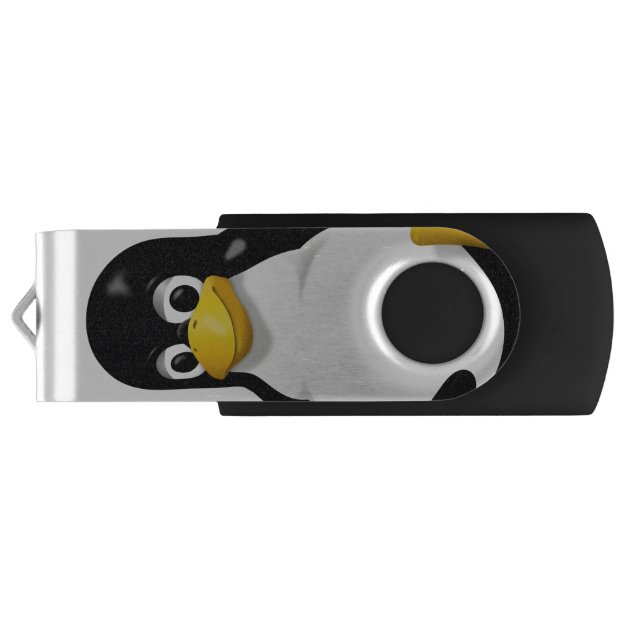

- #Unetbootin usb hard drive mac os x
- #Unetbootin usb hard drive mac os
- #Unetbootin usb hard drive install
- #Unetbootin usb hard drive iso
- #Unetbootin usb hard drive windows 7
UNetbootin can also be used to load a nice selection of utilities such as Parted Magic (a partition manager), SystemRescueCD (for system repair, backup and recovery) and Backtrack (for network analysis and penetration testing).Ĭheck out for downloads and more information on the Linux versions and utilities available. The current release of UNetbootin provides easy access to 25 different Linux distributions each with anywhere from 1 to 6 different releases available. My 4 GB USB stick was far more than I needed, even for Fedora 17. When you open UNetbootin, you can select from a menu of Linux distributions the one that you want to try.
#Unetbootin usb hard drive mac os
You simply request the appropriate executable, selecting Windows, Linux or Mac OS from the buttons and download the UNetbootin version you need.
#Unetbootin usb hard drive mac os x
UNetbootin runs on Windows platforms - 2000, XP, Vista and 7 - as well as Linux and Mac OS X (10.5 and later). These include Ubuntu, lubuntu (a small Ubuntu distribution), Debian, Fedora, SuSe. UNetbootin (Universal Network Installer) is a superb little tool that makes it dead easy to create bootable USB drives from any in a large selection of available Linux distributions. Every time you boot from your USB drive, you return to the same original system. The only down side to running Linux in live mode is that it won't save files that you create or changes that you make while you're logged in. This means that you can run Linux as much as you like without any risk of overwriting or affecting your currently installed operating system. Your hard drive is not impacted unless you decide that you like the Linux release that you're trying enough that you want to commit it to disk.
#Unetbootin usb hard drive install
To run Linux in live mode, you install a bootable release on a USB drive or DVD. And one of the best ways to run in live mode is to build yourself a bootable USB drive using an excellent tool called UNetbootin. And one of the easiest ways to start using Linux - even before you've committed hardware to it - is to run Linux in "live" mode. A good introductory book will help, but you won't really learn Linux or become confident in your skills unless you park yourself in front of a Linux system and start typing (and popping windows open, creating files, find your way around the desktop. The flash drive second.The best way to learn Linux is to use it.

Just starts from the beginning if that happens just rebootĪgain and change boot order to boot from the selected Windows (if it boots again from the USB the whole install To the second and subsequent times during the install of That way it will boot from USB theįirst time and from the selected HDD that you install windows (no partition table) and have that FIRST in boot order, and Note that next you probably want to select an empty disk | tar -C /mnt/ufd -d -f - | egrep -v '(Mode|Uid|Gid) differs' Mkfs -t ntfs /dev/sdX (replace with the your USB device) Sux # Like su, but gives access to X GUI. I used the following linux-only commands and successfully installed
#Unetbootin usb hard drive iso
Then simply copy the files from the iso to it. What you DO need is: An USB Flash Drive (UFD) that is formatted as ntfs,
#Unetbootin usb hard drive windows 7
To boot windows 7 from USB stick you (indeed) do NOT need unetbootin forĮxactly the reason as is stated at the top. The answer given is thus unacceptable, as FAT32 is clearly not working in some use cases.Īfter two days of reading and trying, I have come to the following conclusion: I have formatted the loopback partition as FAT32 (mkfs.msdos -F 32 /dev/loop0), mounted it, and Unetbootin still ignores it like it was never there. I don't see "format with FAT32" as a viable fix. For people looking for a tutorial: nevermind, unetbootin doesn't allow it anymore! I am attempting to install a CD-bootable ISO into a loopback device to create a new ISO that will properly chainload from GRUB I use Unetbootin ISOs + GRUB for cleanly segregated multiboot on a thumb drive. Why not let the targetdrive option be unrestricted? The mere presence of the option could act as though "Show all Drives" is in effect (for the chosen device at any rate). This is downright dangerous if one doesn't look closely! If they are removing features to prevent people from making dumb mistakes, I would highly recommend a consistent approach: when the targetdrive commandline option is invalid, please exit with an error instead of changing the selection!įurther, commandline options are typically used by the type of people who enjoy shooting themselves in the feet. But there is a bigger problem if one is using the command line options: setting "targetdrive=blah" where blah is not a valid option in the dropdown will simply select a different targetdrive. I also found the lack of a "Show all Drives" selection to be a problem.


 0 kommentar(er)
0 kommentar(er)
